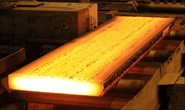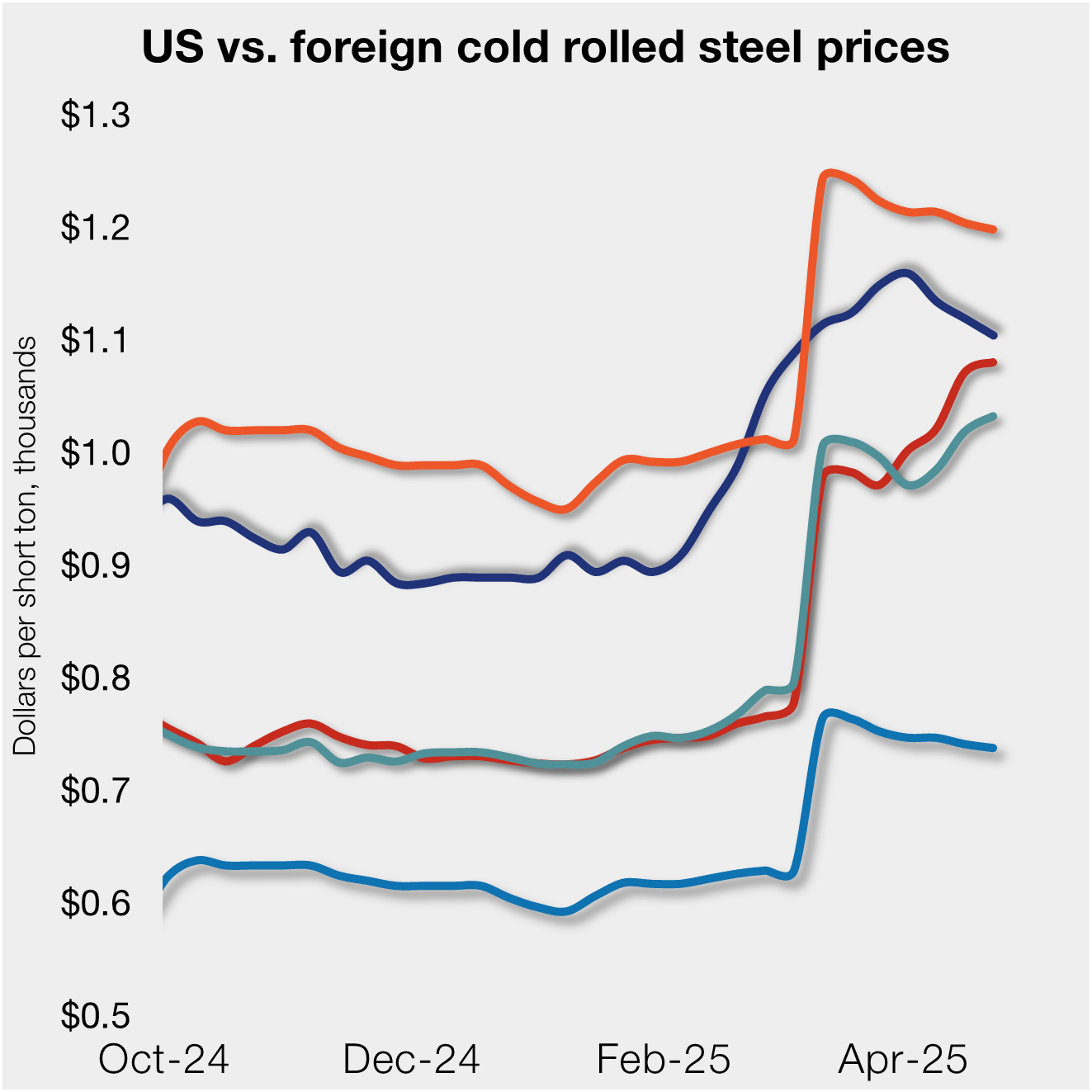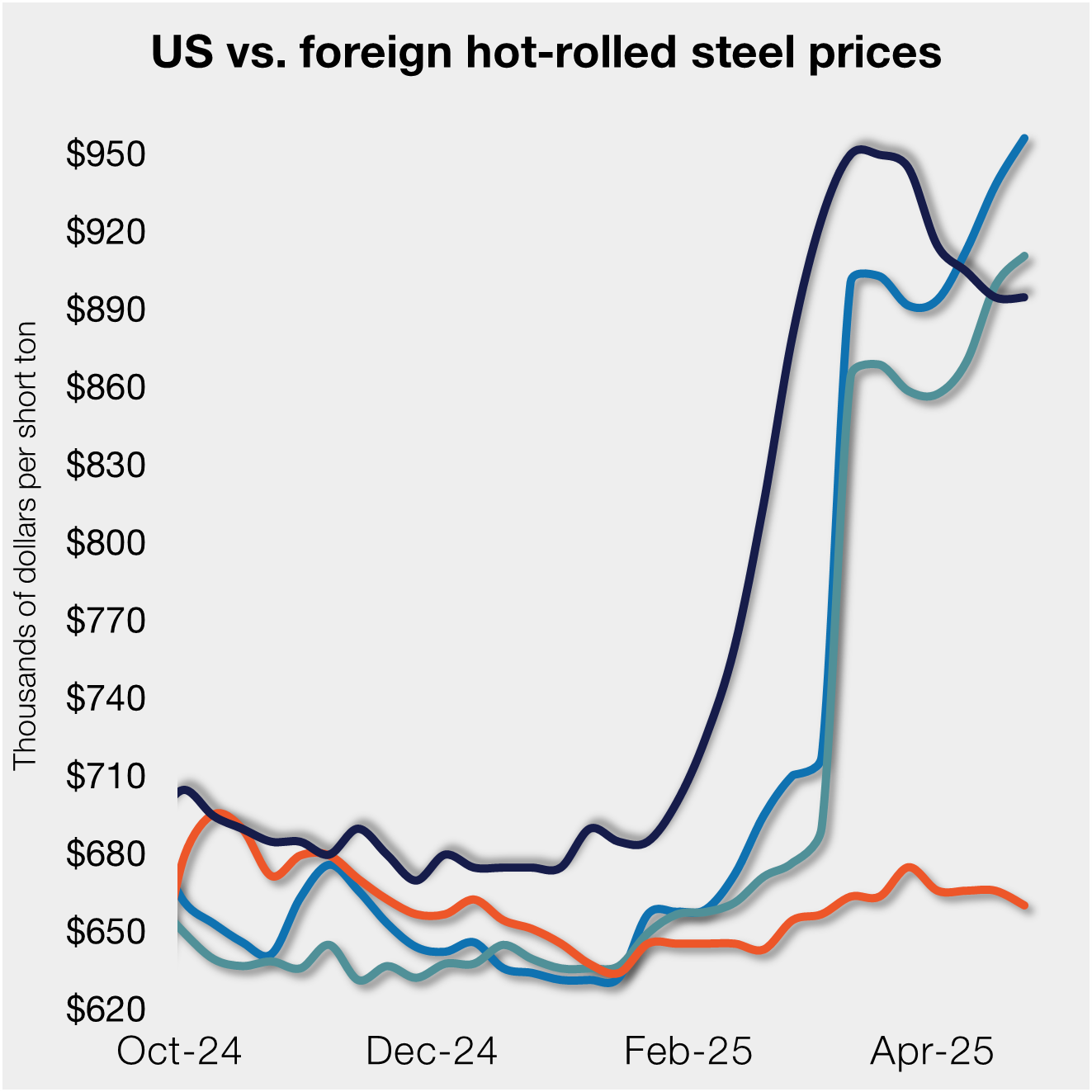Steel Products

Brazil's Section 232 Slab Quota Resets Higher
Written by Michael Cowden
January 5, 2021
Brazil’s annual Section 232 slab quota has reset, a move that is likely to at least partially relieve a supply squeeze that has sent U.S. sheet prices to their highest point in more than 12 years.
Brazil’s Section 232 slab quota for 2021 is approximately 3.86 million tons, according to information from U.S. Customs and Border Protection (CBP), part of the Department for Homeland Security.
The annual quota is divvied up into quarterly limits. And Brazil’s first-quarter quota limit is roughly 1.16 million tons, per CBP data.![]()
That’s significant because it is nearly a 20-fold increase from the 66,139-ton fourth-quarter limit set by the Trump administration. That low figure came after an initial fourth quarter quota of 385,809 tons was substantially reduced, according to an August press release from the office of the U.S. Trade Representative.
The quota reduction was put in place following a summer in which steel U.S. hot-rolled coil prices fell to around $20/cwt ($400 per ton)–or briefly below hot-rolled coil prices in China. U.S. prices have roughly doubled since and are now above $50/cwt for the first time since the fall of 2008.
The additional slab supply should come as a relief to slab re-rollers such as California Steel Industries (CSI), JSW Steel USA, NLMK USA and AMNS Calvert.
U.S. mills have come to rely heavily on Brazilian slab because it is cheaper than semi-finished products from other countries. That’s because Brazil is subject to a quota rather than the 25% Section 232 tariff that other major slab-exporting nations, notably Russia, must pay.
By Michael Cowden, michael@steelmarketupdate.com

Michael Cowden
Read more from Michael CowdenLatest in Steel Products

US rig count up, Canada declines
Oil and gas drilling activity was mixed this week, according to Baker Hughes. US rig counts expanded for a second straight week, while Canadian activity continued its seasonal slowdown of eight consecutive weeks.

US, offshore CRC prices continue to diverge
US cold-rolled (CR) coil prices declined again this week, slipping for a third straight week. Most offshore markets did the opposite, moving higher this week.

S232 lifts EU HR price over US, Asian HR still well behind
Domestic hot-rolled coil prices were flat this week after dropping for four straight weeks. Most offshore markets bucked the trend and gained ground.

SMU Steel Demand Index dips into contraction
SMU’s Steel Demand Index has moved into contraction, according to late April indicators. The slowdown comes in response to growing tariff uncertainty after the index reached a four-year high in late February.

Nucor selects Fives Group for new galv line at CSI
Nucor Corp. has tapped Fives Group as its partner in designing and manufacturing the new continuous galvanizing line being added at its California Steel Industries (CSI) joint venture in Fontana, Calif.
